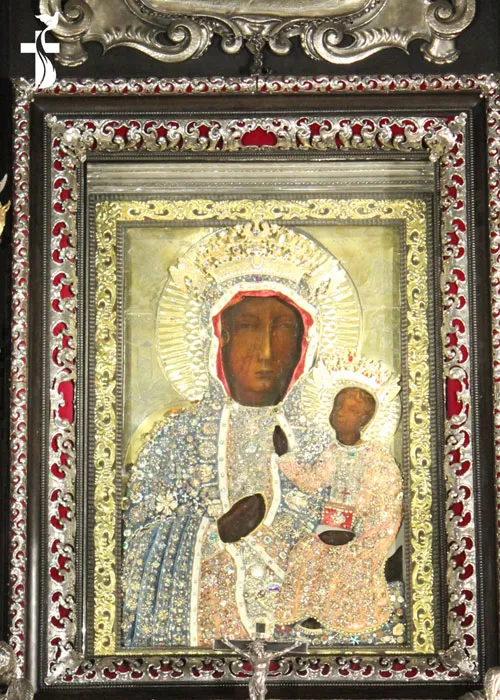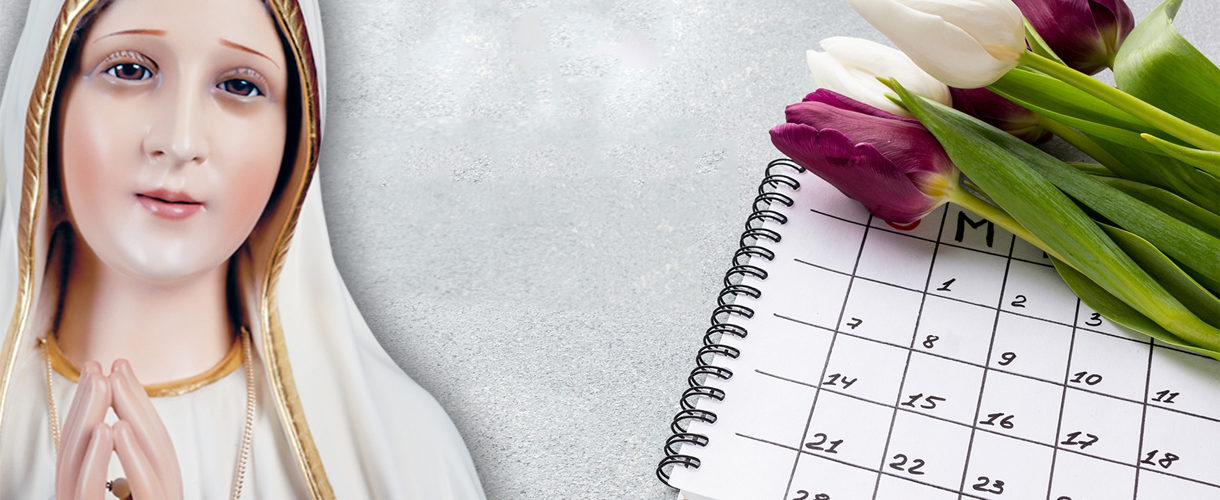
Our Lady Of Czestochowa
Country :
Year : 1382
This most famous Polish sanctuary has grown up around an icon of the Mother of God attributed to St. Luke. It is a popular belief that it was brought from Constantinople by Princess Anna when she married St. Vladimir, grand-prince of Kiev, about the year 988; or that it was sent by one of the Comnenian emperors to a royal abbess at Polotsk. Certainly in the fourteenth century it was at Belz in western Ukriane, whence in 1382 it was taken and entrusted to the monks of St. Paul the hermit, newly arrived from Hungary, at Czestochowa, some 140 miles southwest of Warsaw.
The image has ever since been the occasion of very great devotion and of numerous miracles. The great sanctuary is the heart of an amazing complex of churches, hostels, ancient fortifications, arcades and shops; it dominates the rocky hill below which modern industrial Czestochowa sprawls. The icon itself, which inspired a well-known ballad by Hilaire Belloc, is of uncertain age; it has been attributed to the ninth and the thirteenth centuries. It seems to be Greek, possibly Italo-Greek, in origin. It is of the Hodegetria type, Our Lady’s face, scarred by blows of a weapon; but it cannot ordinarily be seen properly because of its ornaments. It was crowned in 1726 and again in 1910.
At the restoration of Poland, after World War I, Czestochowa was made a bishopric; the pilgrimage became more popular than ever, and the place, which as a fortress has played a most notable part in Polish military history, was confirmed as the National Shrine. In 1948, it was visited by 2,000,000 pilgrims. Several churches in the U.S. are dedicated in Mary’s honor under this title, which is often written Czenstochowa.



